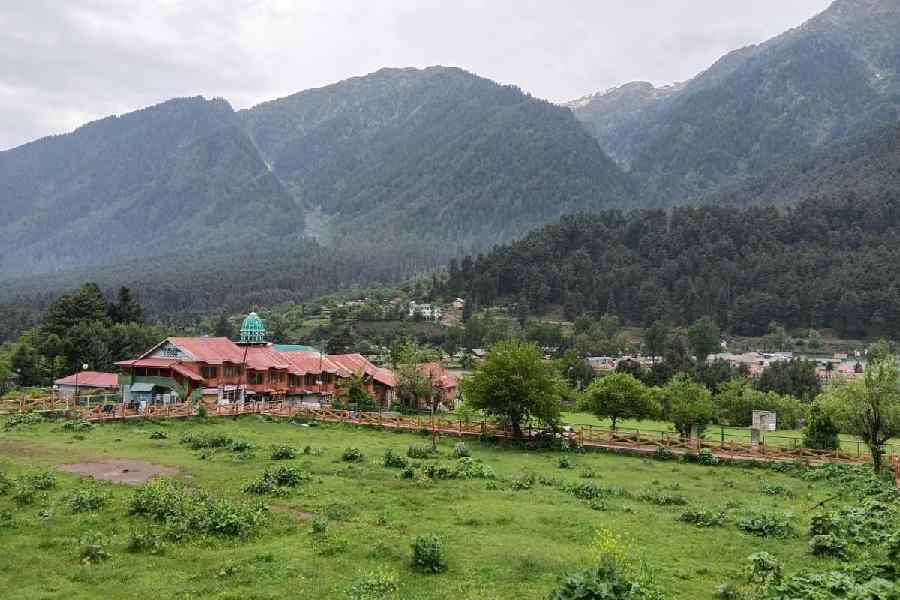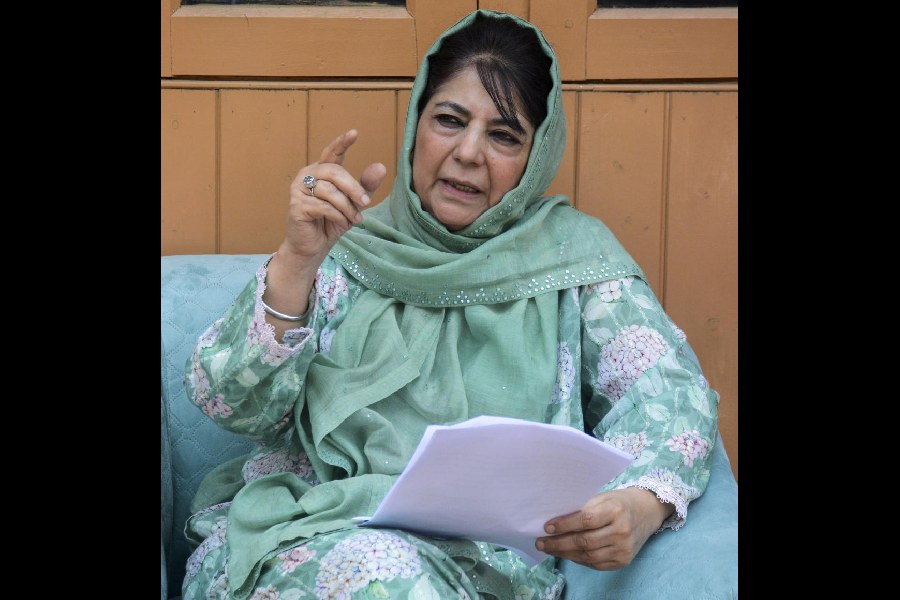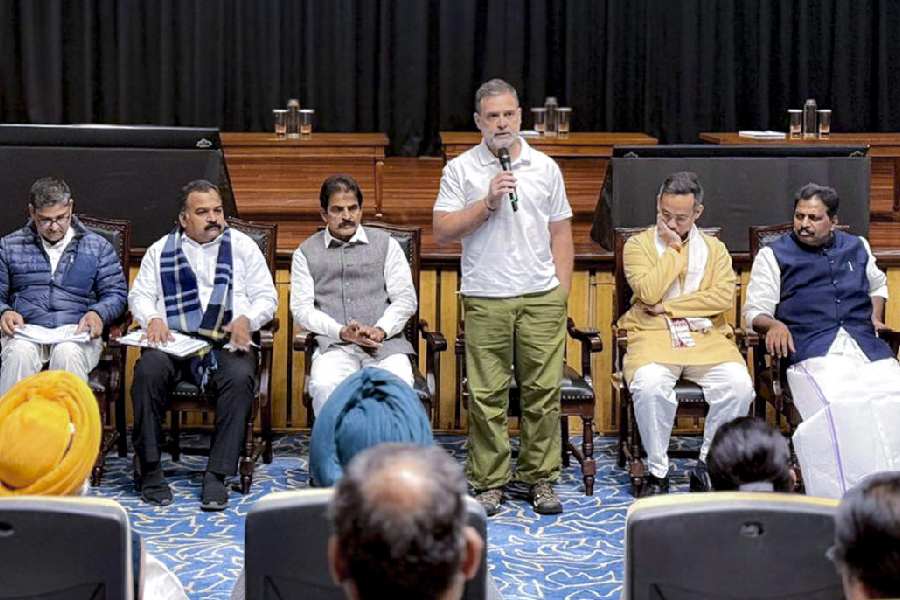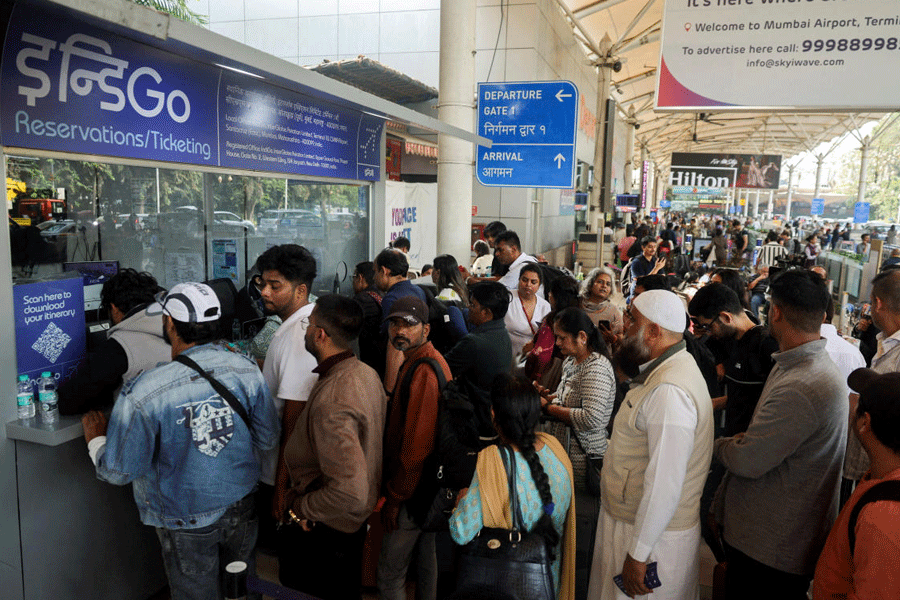To those who seek answers on where the militants vanished after unleashing the April 22 mayhem in the Baisaran meadows, a rugged expanse of mountains ringing this incredibly beautiful tourist hotspot offers a silent reply.
In its endless maze of ridges and ravines, every elevation hides a dozen paths, and a cloak of wild greenery can absorb the animals in its depths. The stunning landscape seems like a perfect setting to turn the fugitives into phantoms.
The jagged terrain is an ugly reminder of how the jungle warfare tactics, adopted by a few groups of battle-hardened militants, are laying bare the limits of advanced technology, including drones and helicopters.
One month has passed since militants killed 25 tourists and a local ponywallah at the Baisaran meadows. A large number of security forces have since been unsuccessfully scouring the woods to hunt down the elusive killers.
“We believe they are still there and we will not rest until we hunt them down,” a security force officer said, rebuffing allegations of a failure in pinning the militants down.
On Tuesday, former chief minister Mehbooba Mufti openly questioned the gains from Operation Sindoor, wondering why dozens of civilians had to die in shelling by Pakistan and India along the LoC while the militants involved in the Pahalgam carnage were still at large.
“There has not been an hour when we stopped looking for them. Mind you, it is already 700 hours. The operation is on and our boys and officers have been there despite hostile terrain and weather. It has rained on countless occasions; even today it was raining,” the officer said.
“Hunting them is no mean task. As you can see, there is an ocean of trees and wild terrain offering refuge to the terrorists. There is mountain after mountain, which are all interconnected. The dense forest limits visibility and at every step you have to tread cautiously.”
Locals said the forests in the upper areas of Pahalgam connect with Sonamarg in Ganderbal and the Dachigam forest in Srinagar on one side and the Wadwan Valley in Jammu’s Kishtwar on the other — an indicator of the expanse of Kashmir’s forests.
“After the forests here, you have barren mountains. There is a lake called Tulliyan, some 16km away, the last point till which tourists can go. We would not go beyond that,” a local ponywallah said.
Security forces believe the militants are highly trained and adept in jungle warfare. More than that, they are members of a death squad, willing to die, they said.
On two occasions at least, the officials said they were close to pinning them down, once in Hapatnar and again in Tral. The two places are 40km apart, suggesting how militants have been shuttled between extremes.
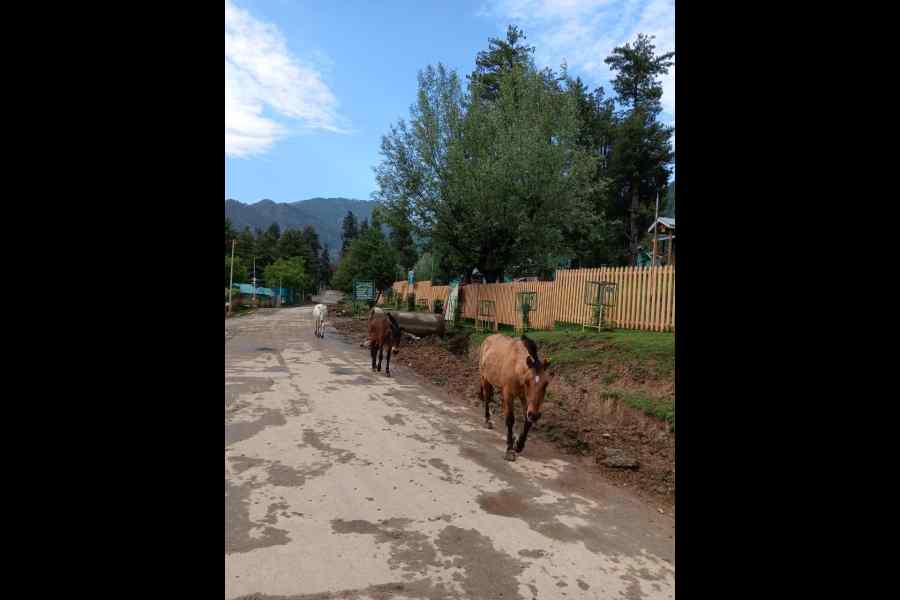
The road leading to Baisaran Valley, the site of the militant attack. Picture by Muzaffar Raina
The forces suspect the same group of “three militants” were involved in at least three other major attacks — at Dera Ki Gali in Jammu’s Poonch, Gagangir and Gulmarg. If true, it reveals how the group has been hiding in the woods for around 18 months and managed to trek long distances — from Poonch to Kashmir, about 80km, and then from one corner of Kashmir to another.
Four soldiers were killed and three others injured in the Dera Ki Gali attack in December 2023. The militants’ next attack was in Ganderbal’s Gangangir in October 2024, killing six non-locals and a doctor working at a tunnel construction site. The same month, they allegedly killed two army men and two porters in Gulmarg. The four attacks were carried out in places which have rarely seen militancy.
A month after the Pahalgam attack, normalcy looks like a distant dream. Authorities have banned entry into all gardens in Pahalgam, leaving only the markets open for visitors. The town wears a deserted look, more so inthe evenings.
But there are tourists determined to keep their date with Pahalgam.
“Before April 22, you had some 8,000 tourists or more coming here every day. It has dropped to a few hundred. Only a few dozen stay here during the night. The fact is, tourists never stopped coming here altogether. We believe more tourists will come here if the restrictions on visiting gardens are lifted,” a trader said.
“April-June is the peak season. There is little hope of revival this year. We are banking on a decent Amarnath Yatra, which will send a positive message across the country and beyond.”

